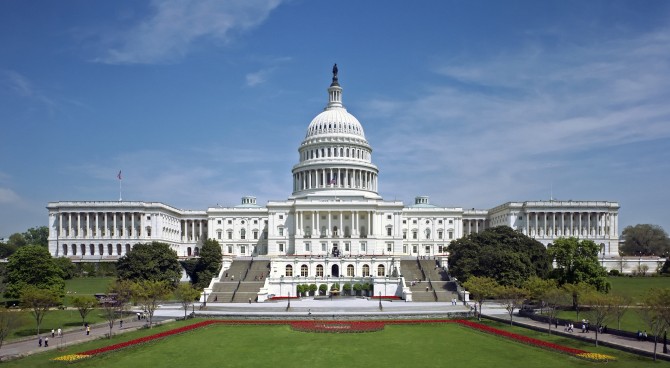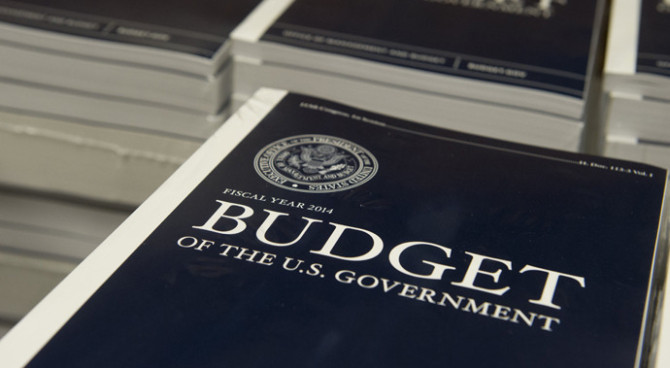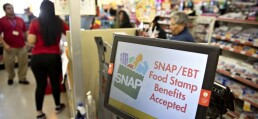The real rate is 2.5%, but the Census Bureau inflates it by excluding most social-welfare benefits.
Dec. 5, 2023 6:33 pm ET
The credibility of the Census Bureau’s official measure of poverty didn’t survive the pandemic. Though government payments for social benefits rose by $1.5 trillion, or 47%, between 2019 and 2021, they didn’t dent the official poverty rate. The rate rose to 11.6% from 10.5%. President Biden claimed that the pandemic increase in the refundable child tax credit would cut child poverty in half, but the subsequent official census rate rose from 14.4% to 15.3%. These results were predictable because the official poverty measure fails to count 88 social benefits that low-income Americans receive from the government as part of their income, including almost all of the pandemic benefits.
With the official poverty measure discredited, the Biden administration is pushing the experimental Supplemental Poverty Measure, which counts about half of the social benefit payments as income but redefines the income thresholds that determine who is counted as poor in a way that ensures the poverty threshold rises as median income rises. The official poverty measure has hardly changed for more than 50 years, even as social benefit payments to the average household in the bottom 20% of income earners have risen from $9,700 to $45,000 in inflation-adjusted dollars, because most of these payments simply aren’t counted as income to the recipients.
To address the public incredulity and embarrassment arising from its preposterous official measure of poverty, the Census Bureau began highlighting the Supplemental Poverty Measure by publishing it in the same press release along with the official measure. This newer measure, which counts refundable tax credits and other pandemic benefits as income, produced a poverty rate that declined from 11.7% in 2019 to 7.8% in 2021 and the politically desired effect of reducing child poverty from 12.6% to 5.2% over that period.
The fatal flaw of the official poverty measure is that it doesn’t count most government subsidies, such as Treasury checks beneficiaries receive from refundable tax credits, debit cards loaded with food-stamp allowances, and Medicaid payments as income to the recipients. When all benefits are counted, the percentage of Americans living in poverty falls to only 2.5%. Bruce Meyer of the University of Chicago and James Sullivan of the University of Notre Dame arrived at a similar figure by comparing the actual goods and services consumed by poor households in 1980 with the actual level of consumption of households that were being counted as poor in 2017. They found that only 2.8% of households in 2017 were consuming at or below the actual poverty consumption level. These findings also comport with the Census American Housing Survey, which has found that 42% of poor households own homes with an average of three bedrooms, 1½ bathrooms, a garage and a porch or patio. The average poor American family lives in a home larger than the average home of middle-income families in France, Germany and the U.K., and 80% of poor American households have air conditioning.
Although the Supplemental Poverty Measure counts more government benefits as income than the official measure, it defines poverty in relative terms so that it rises as median income rises. The Census Bureau defines the official poverty measure as “the inability to satisfy minimum needs.†By that definition, “the poor are those whose resources—their income from all sources, together with their asset holdings—are inadequate.†The thresholds used in the official measure are the cost of a defined quantity of goods and services required by a specific size and type of family to satisfy its minimum needs. The thresholds have been adjusted for inflation, increasing in current dollars by 776% since 1967, but the definition hasn’t changed.
The Supplemental Poverty Measure defines the poverty threshold in relative terms as the amount of income necessary to purchase 83% of the median family’s consumption of food, apparel, shelter and utilities plus an additional 20% of that total for other smaller necessities. Under this relative definition, no matter how much the median household spends on food, apparel and other necessities and no matter how luxurious those items might be, members of families that don’t have enough income to pay for that percentage of median household consumption will always be counted as poor, no matter how well off they are.
Since its inception in 1999, the supplemental poverty thresholds have risen by 42% more than the official poverty thresholds and about the same amount as median income simply because median households have bought more and higher-quality items in categories defined by the Census Bureau as necessities. Adopting the Supplemental Poverty Measure as the official measure would assure that economic growth that raises the level of income and consumption across the entire economy wouldn’t significantly reduce the poverty rate. It would decline significantly only with additional income redistribution. The American Enterprise Institute’s Kevin Corinth has shown that adopting the supplemental measure as the qualification standard for welfare payments alone would add more than three million households to the welfare rolls and increase federal welfare payments by more than $124 billion over the next 10 years.
When will Congress end this charade and demand that the Census Bureau give the nation an accurate measure of poverty? At what point does bureaucratic and political bias become fraud when it raises government spending by hundreds of billions of dollars and causes millions to leave the workforce?
Mr. Gramm is a former chairman of the Senate Banking Committee and a nonresident senior fellow at the American Enterprise Institute. Mr. Early served twice as assistant commissioner at the Bureau of Labor Statistics and is an adjunct scholar to the Cato Institute. They are co-authors with Robert Ekelund of “The Myth of American Inequality.â€



